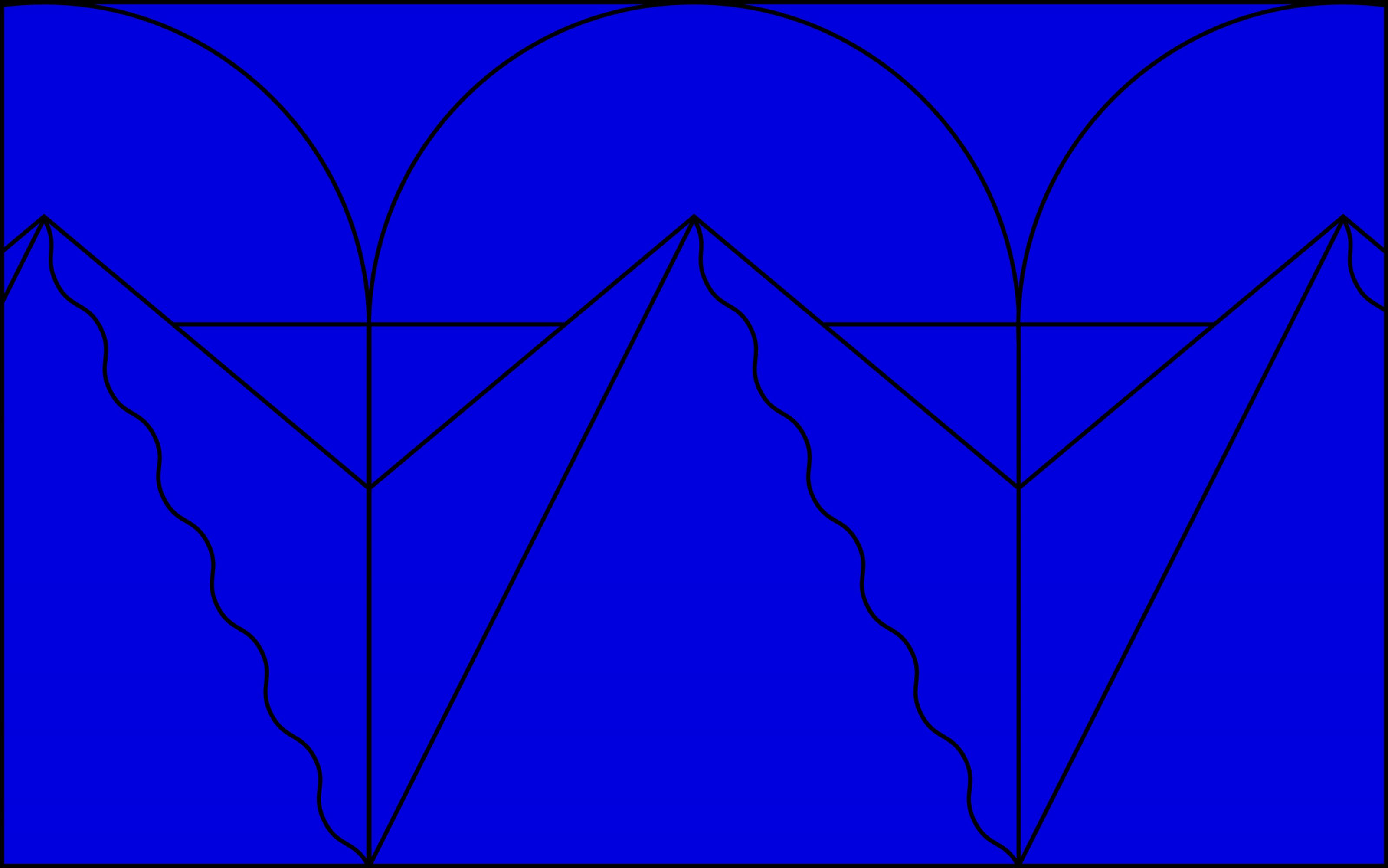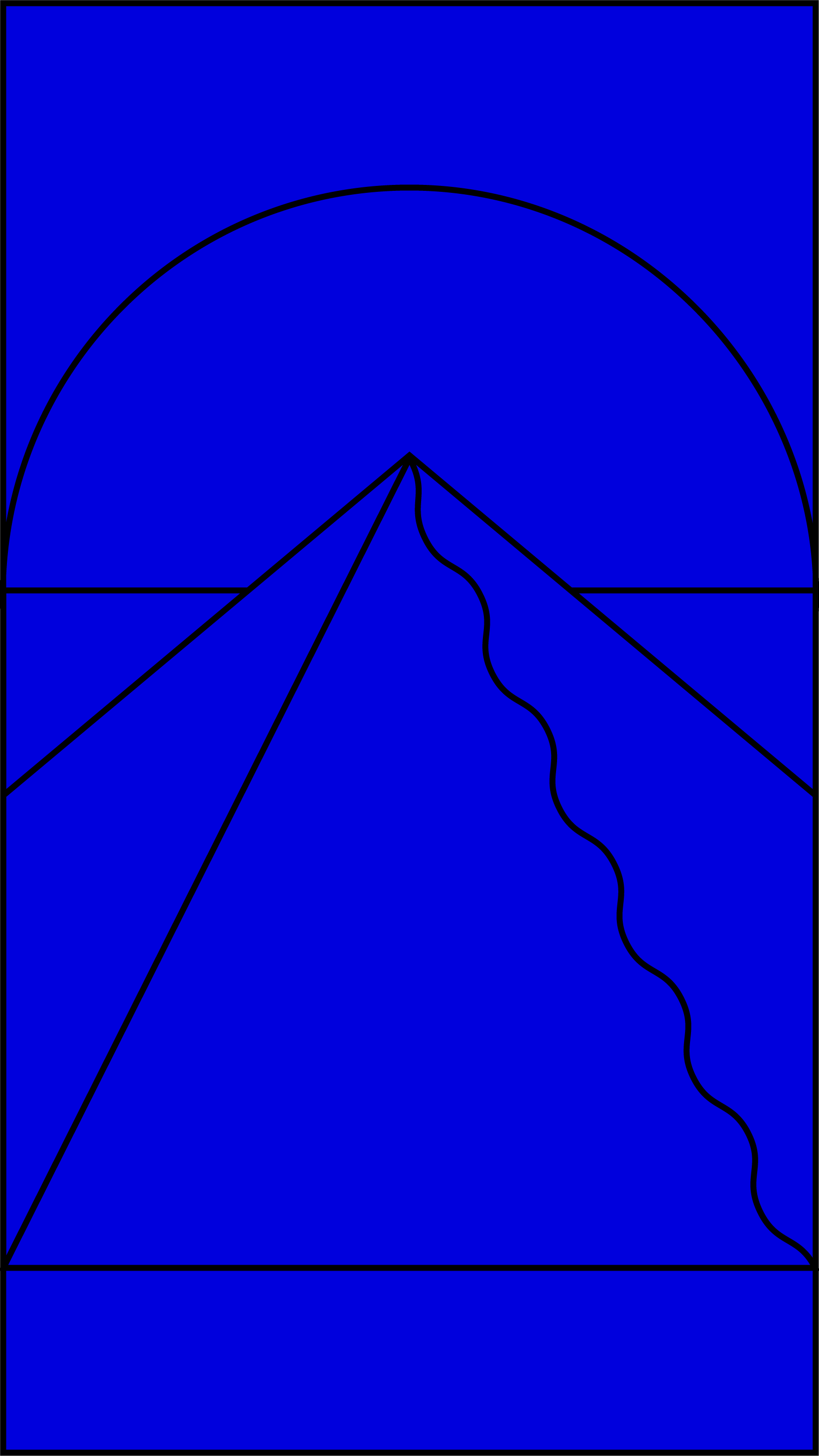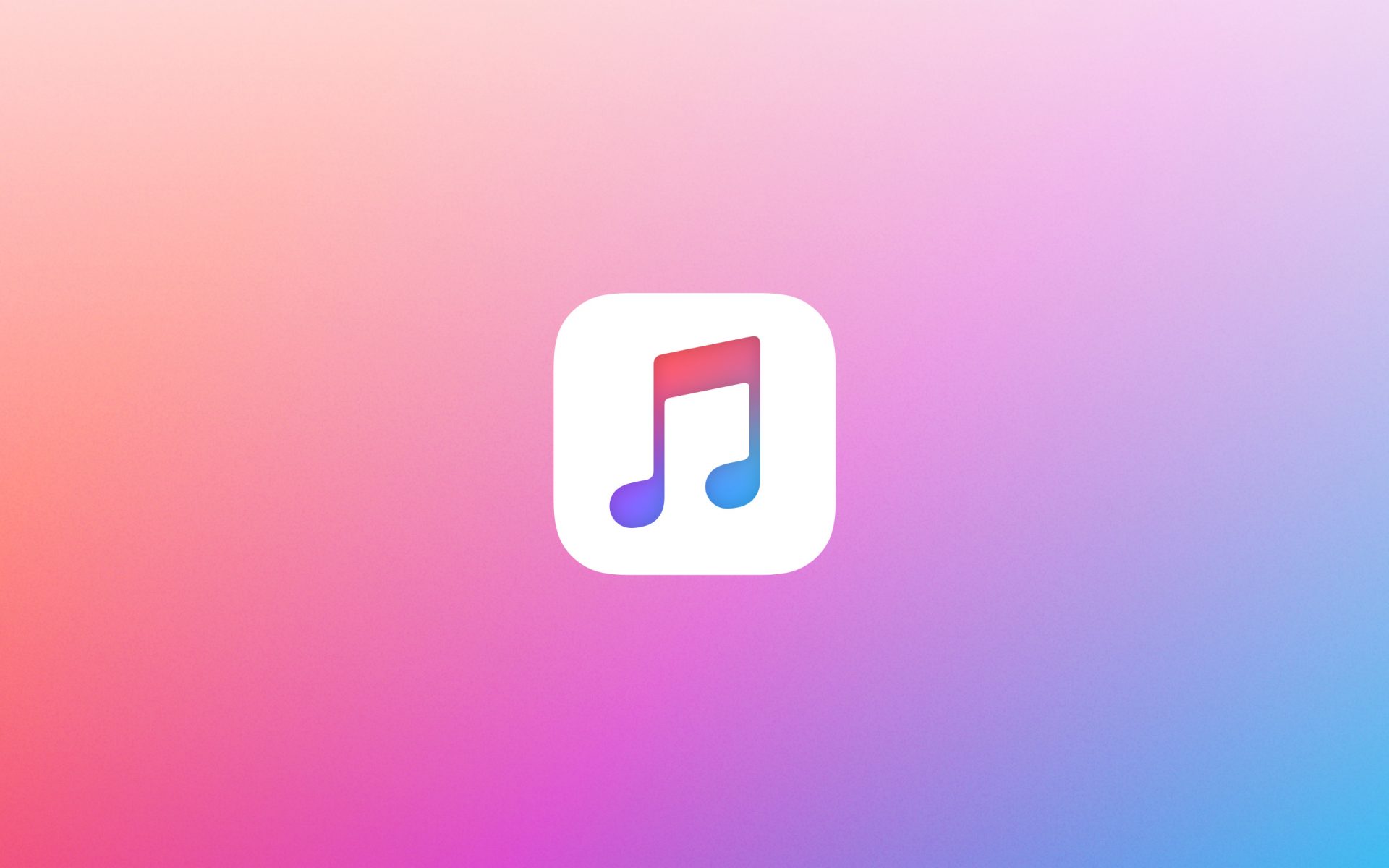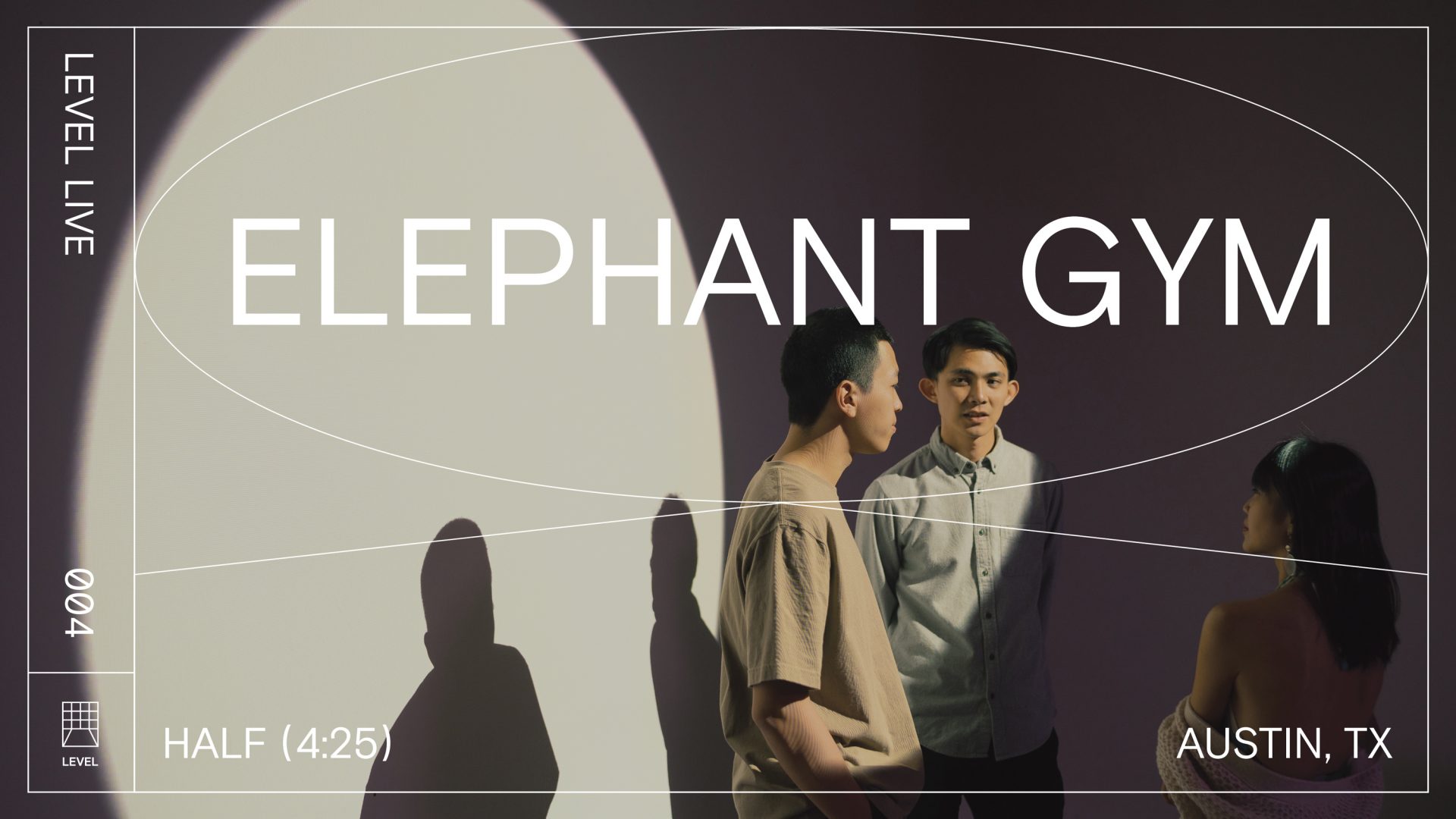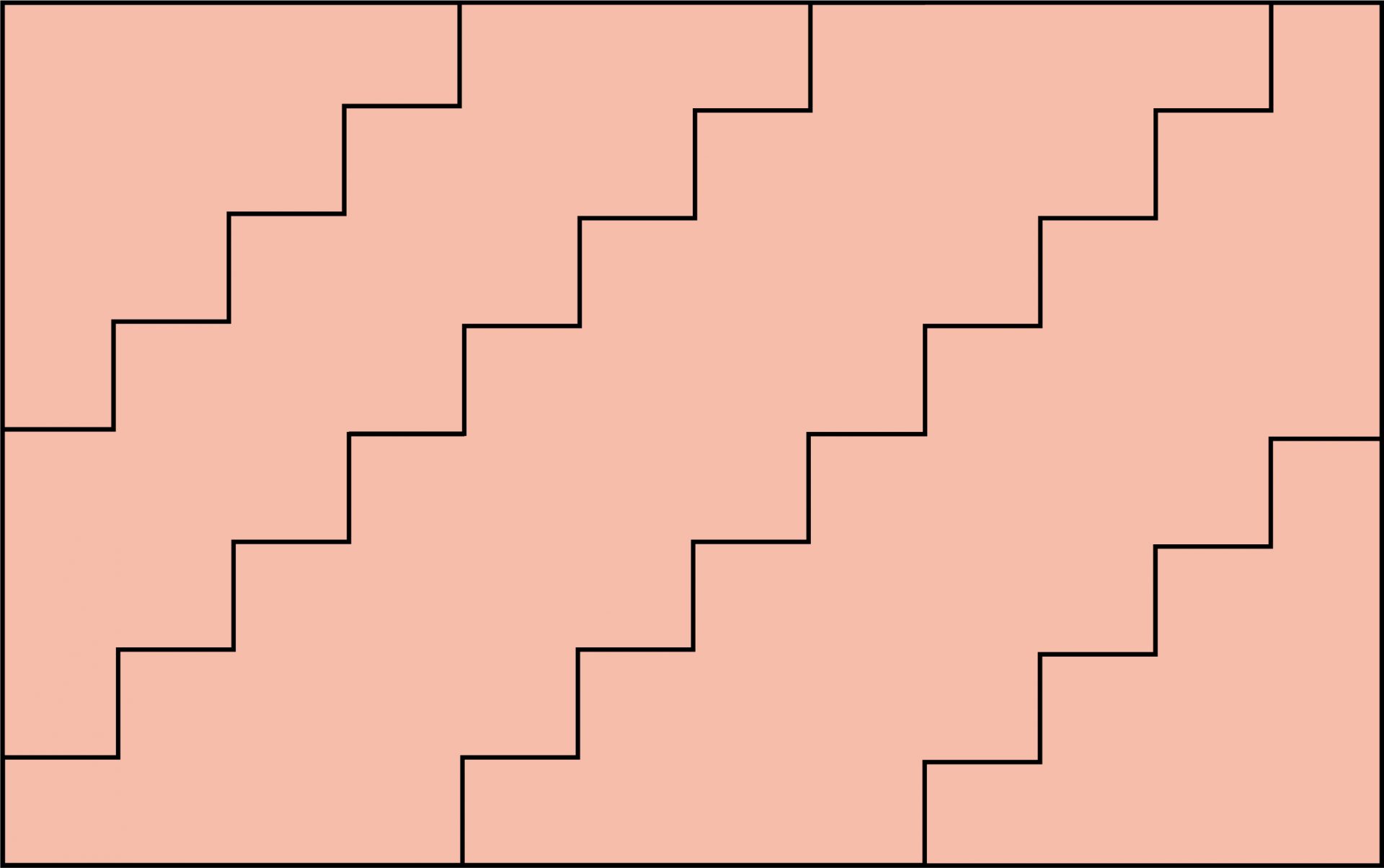The process of creating music takes a certain amount of time in solitude to focus, practice, and really hone in on your craft. Although working alone is a large part of the creative process, it can be quite isolating at times. Getting to a comfortable place to present your creations to the rest of the world can be daunting, even intimidating, but can also prove to be extremely rewarding and fulfilling.
Learning to allow people in can significantly contribute to the overall vision when done with intention. At a certain point, when your work is fine-tuned enough to share with others, collaborations can start to form and can even be fun!
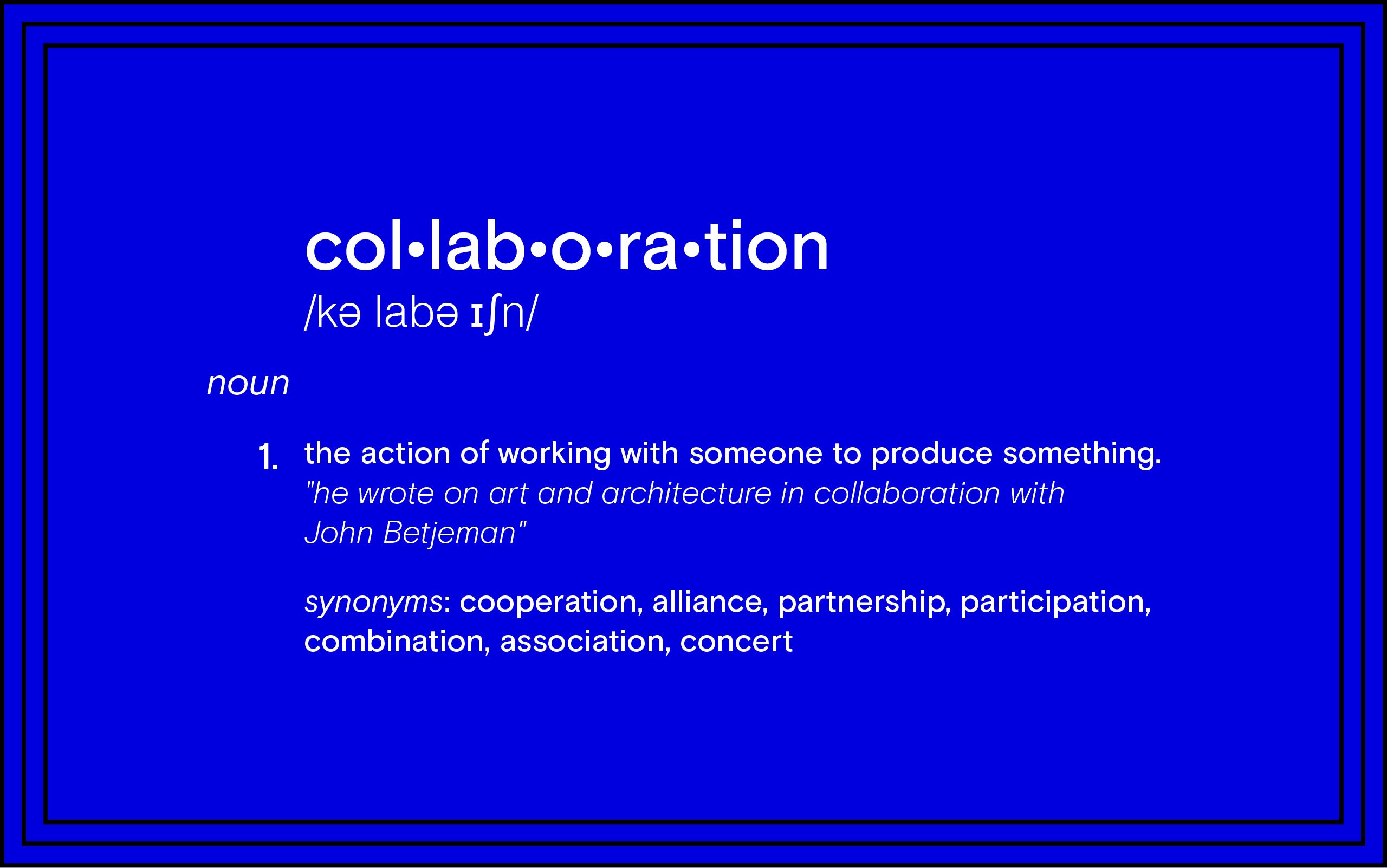
The notion of collaboration is an essential part of music – whether you’re working with an engineer, songwriter, producer, or even creative director on your art – working with others is inevitable.
There seems to be a certain “art” to collaborating – one that when it comes to music – can make or break the creative process.
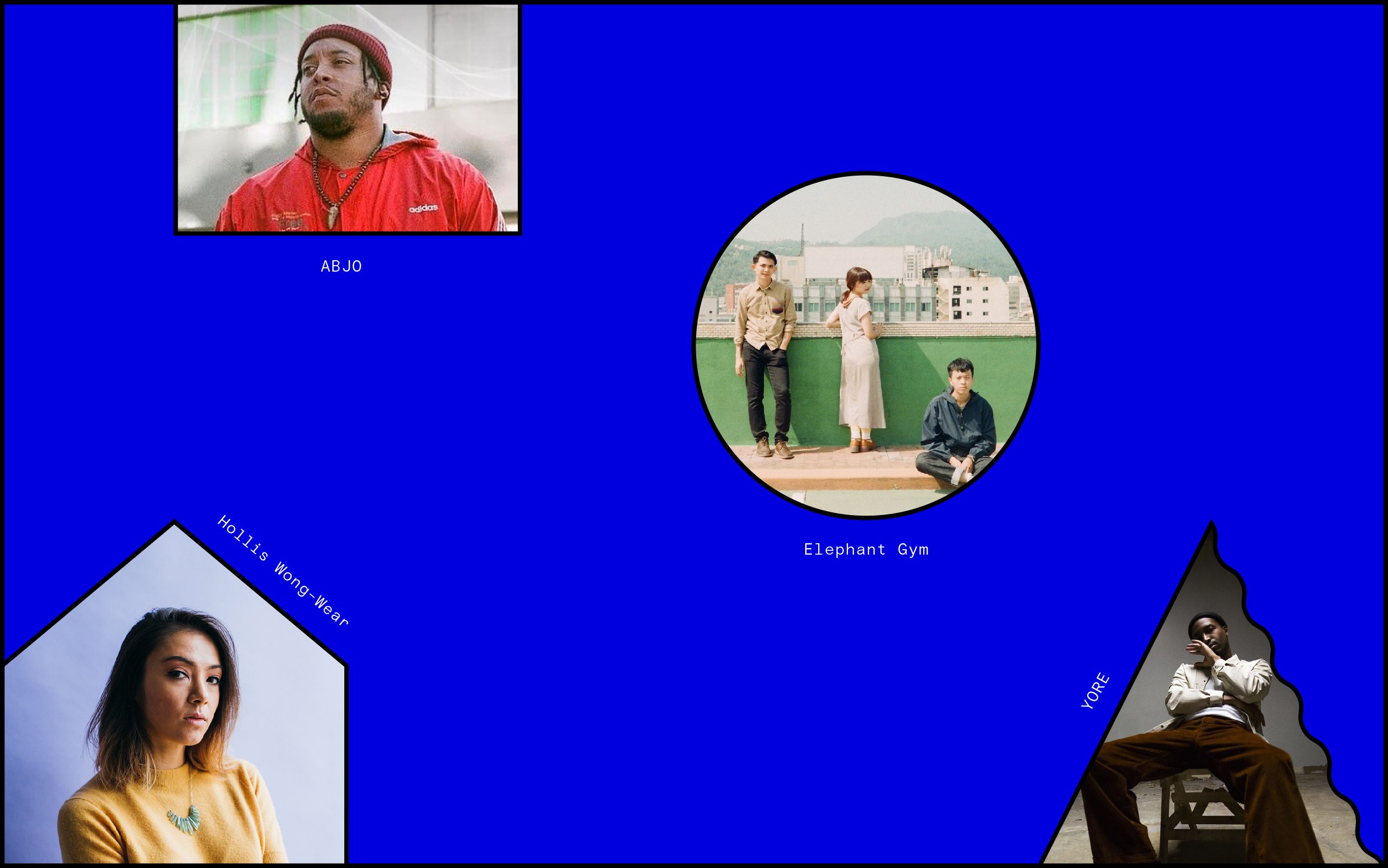
We connected with four different artists to learn more about their unique experiences, insights, and best practices for collaborating.
AbJo is a San Diego-based producer and music teacher who is well-known through his association with beat collective and radio show, Soulection, and signature, custom sounds.
Elephant Gym is a Taiwanese math rock trio who met in high school and has been making the rounds on perpetual tour in Asia with stateside appearances at SXSW and more.
Hollis Wong-Wear is a Billboard 100 pop songwriter and vocalist and lead singer of The Flavr Blue who comes from a rooted background in political activism and spoken word poetry.
YORE is an R&B singer, songwriter and producer from Los Angeles, CA with a decade of experience [and placements] in the traditional music business, and is currently signed to Indie Pop Management.
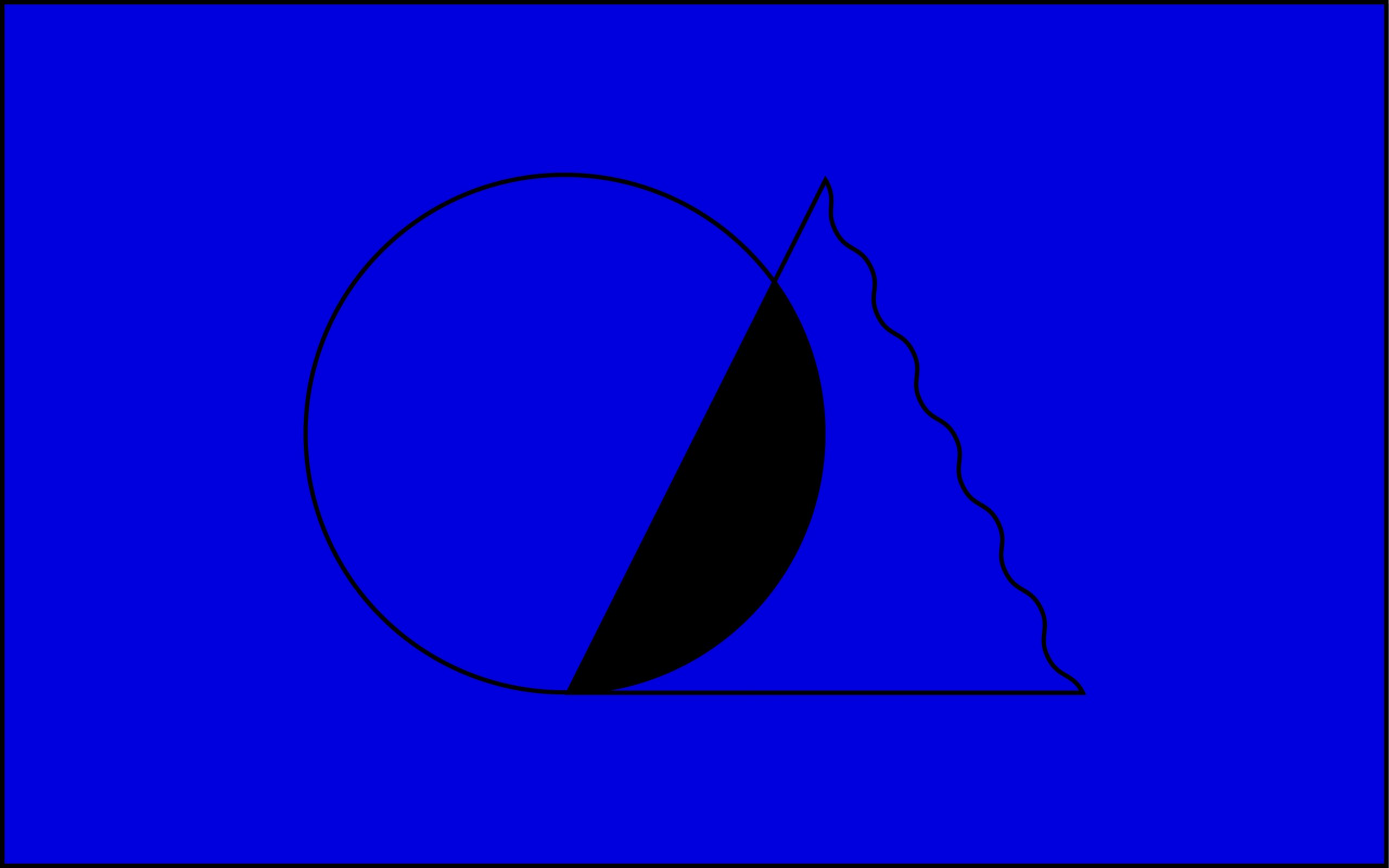
What does collaboration mean to you?
AbJo: The word “collaboration” inspires phrases like “joining forces” and “combining powers” more than anything, it’s special because always means something unique is happening that wouldn’t if there were no collaboration.
Elephant Gym: Collaboration always opens a new door for both sides. We used to collaborate with pop singers, rapper, indigenous singers, and other musicians. Every collaboration gives us a chance to learn something from each other.
YORE: Collaboration is two or more ideas coming together to create one — a sum greater than its standalone parts.
How do you prepare yourself to work with others?
Elephant Gym: An open mind is necessary. There was this one time when we collaborated with an indigenous singer — we asked her to sing some complicated melodies, but we could tell she was worried and anxious about something. After a while, she told us that she could not sing what we asked to do because in her traditional music, some notes do not exist. If we wished for her to sing in the traditional way, we would have to avoid those notes. We learned from the experience, and now every time before a collaboration, we study the other’s music and try to learn from others rather than just to give instructions.
Hollis Wong-Wear: When I’m songwriting, I like to come to the session with a few opening lines or sentiments, as I find that a lot of time can get eaten up finding a point of common departure. I like to do some free writing ideally that morning if not the day or two before to generate ideas versus having to mine for them when you link up with someone. I’ll take a sentence or line in a poem that I really like and use it as the first line for my free writing.
YORE: I make sure I have a set intention and boundaries in mind for the work. When I know where I stand, I know where there’s room for other inputs.
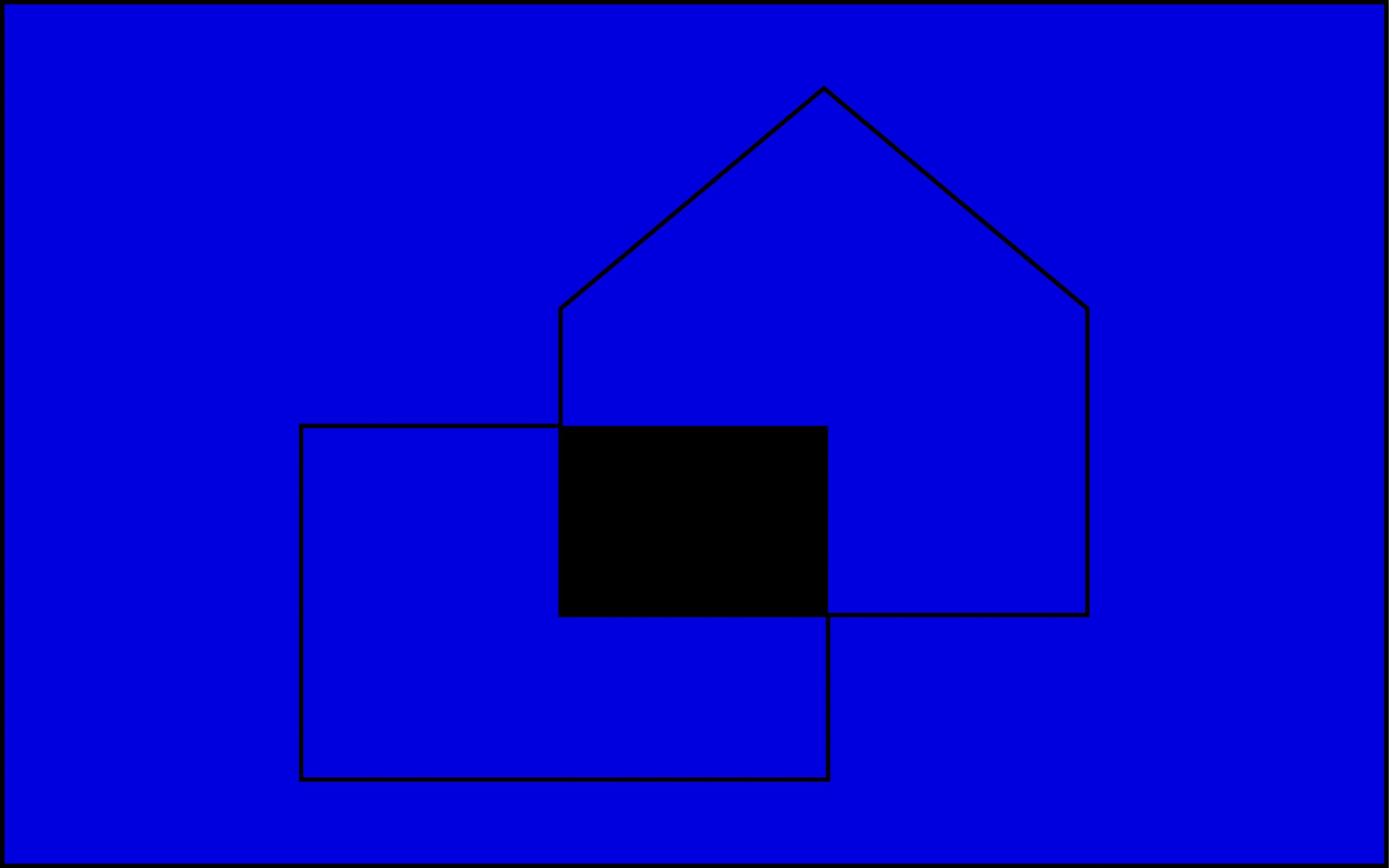
How do you approach potential collaborators? What about those who may be in a different place than you?
AbJo: The best way is always to be as inclusive and transparent as possible, and of course, positive about the outcome of collaborating because that’s the point, right? We’re doing this because we know it’s gonna be fire more so than if we did it apart.
What advice do you have for an artist getting started about the business side of collaboration?
Hollis Wong-Wear: It’s okay to let creative collaboration be creative collaboration – jumping the gun on business can be a mood/vibe killer off top – but as soon as a release plan begins to manifest, make sure the terms are discussed transparently and that there’s a written record of them for reference. Sign up with a PRO and with SoundExchange, and make sure every released composition is registered. Find a core group of peers across specialties — producers, engineers, folks in the industry, whoever — who you can have an open and honest discourse with about each other’s experiences and help each other protect your creative work and level up.
How do you create boundaries when you have to bring new people into the mix?
AbJo: By making clear what the goal of the collaboration is, including what the original goal is and what you might expect from whoever you’re bringing into the mix. I always have in mind what someone I collaborate with can bring to the table that I can’t, or even sometimes what they can do better than I can, for instance.
Elephant Gym: We usually set a main character for different parts of a song. For example, the main character in verse A might be the bass, and in the Chorus, they might change to vocal. The main character can make the final decision for its part.
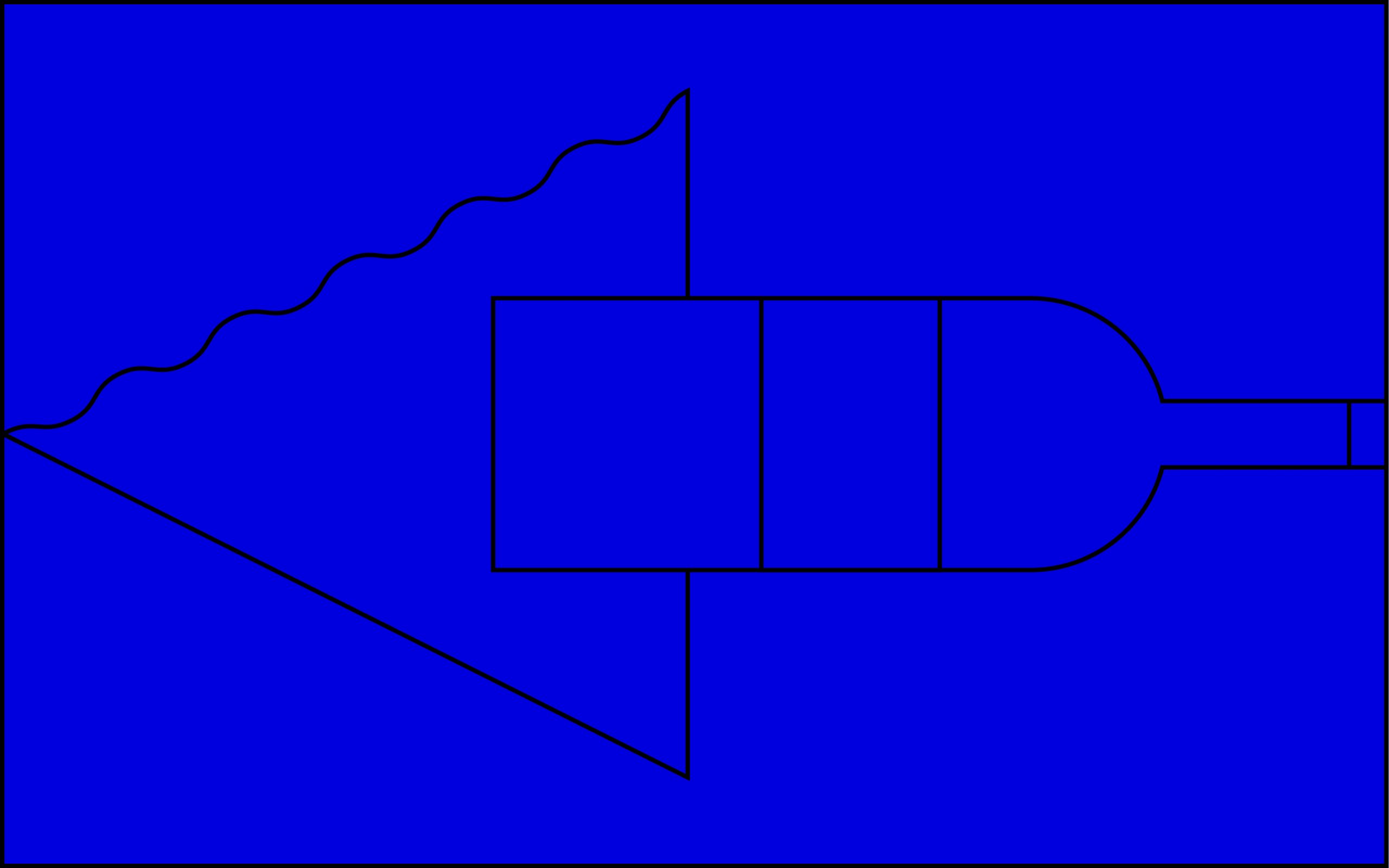
Do you have any rituals around bringing new energy into a creative project?
AbJo: The only real ritual I like is jamming or brainstorming in the moment – kind of like ice-breaking with myself but with the intent of figuring out where there’s premium chemistry between you and the idea you have in mind. I work horizontally, not vertically or in “order.” It helps me stay open-minded so that when it’s time to fine-tune the whole thing, I have more to work with to paint the final big picture.
Elephant Gym: This is a good question! We think taking a vacation is helpful. During tours, it’s hard to focus or to be creative. When we are on vacation for one or two weeks, usually it is the time that new ideas pop up.
What is your preferred communication style when it comes to creative differences?
AbJo: Always FTF: Face to Face interaction. It’s the most direct way to get your thoughts and concerns or ideas across. Every other method is just a means to eventually make it back to interacting face to face, in my opinion.
YORE: Sometimes it’s a quiet conversation, other times it’s better in writing.
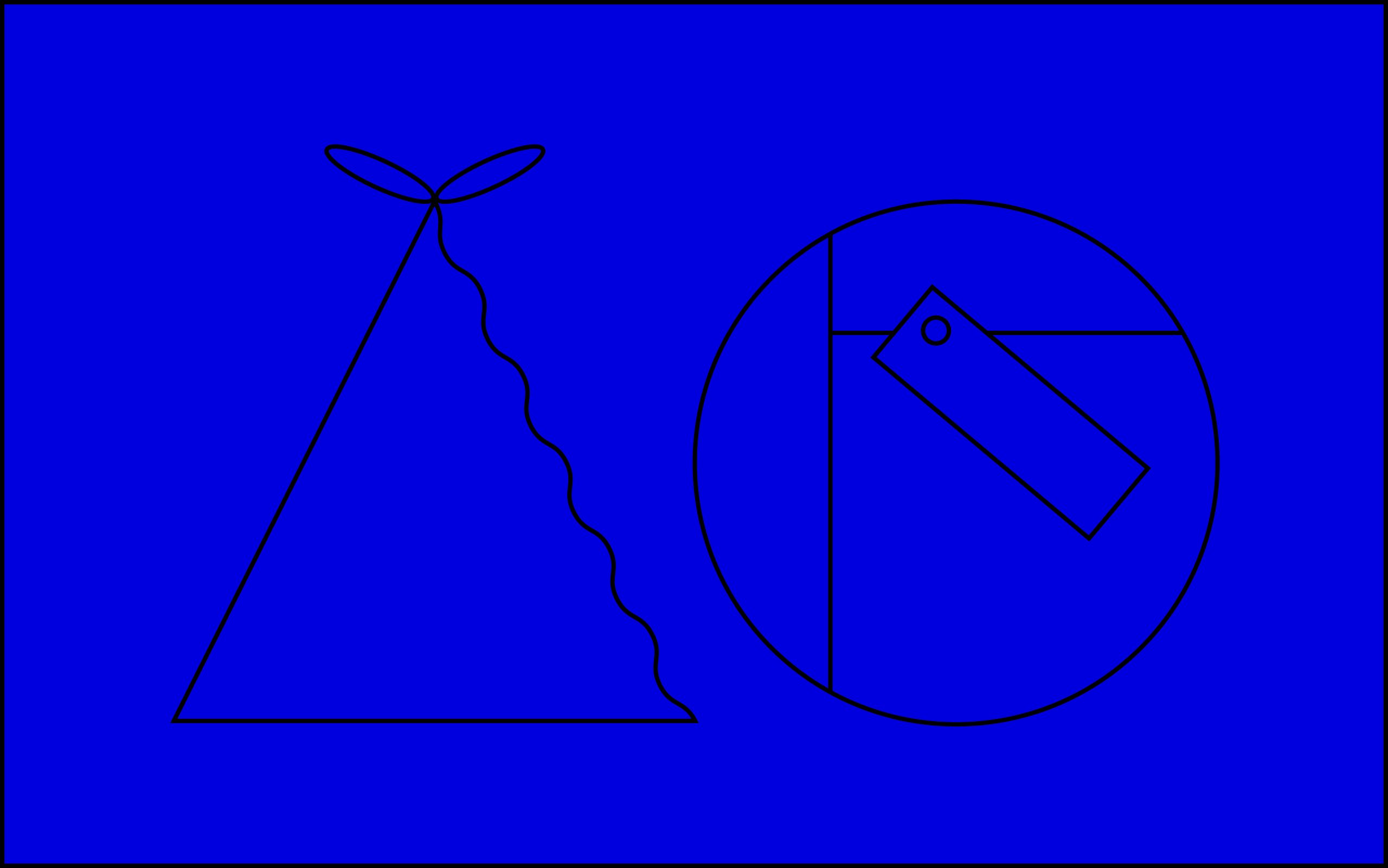
Have you ever brought a gift to a collaborative session? If so, what was it?
AbJo: I bring gifts all the time, party gifts, refreshments, ambiance, etc., it’s like christening the collaboration, just good luck, haha.
YORE: I’ve brought everything from wine to weed to stationary. Depends on the relationship.
What do you do when a collaboration goes wrong?
Elephant Gym: The best way to avoid this is to set specific goals and agreements. For example, when we collaborated with a rapper in Taiwan called Sowut, we set a deadline and agreed on making a gloomy, not radio-friendly math/hip-hop song (of course, we made lots of agreements more than this). Every time we faced conflicts, we would try to choose the opinion that is closer to the original agreement.
Hollis Wong-Wear: All you can really do is learn from it. I try not to hold any grievances except for the lesson.
How do you receive feedback from collaborators?
AbJo: With a grain of salt, but with every intention of bolstering the relationship and/or constructively coming up with ideas and solutions within the collaboration.
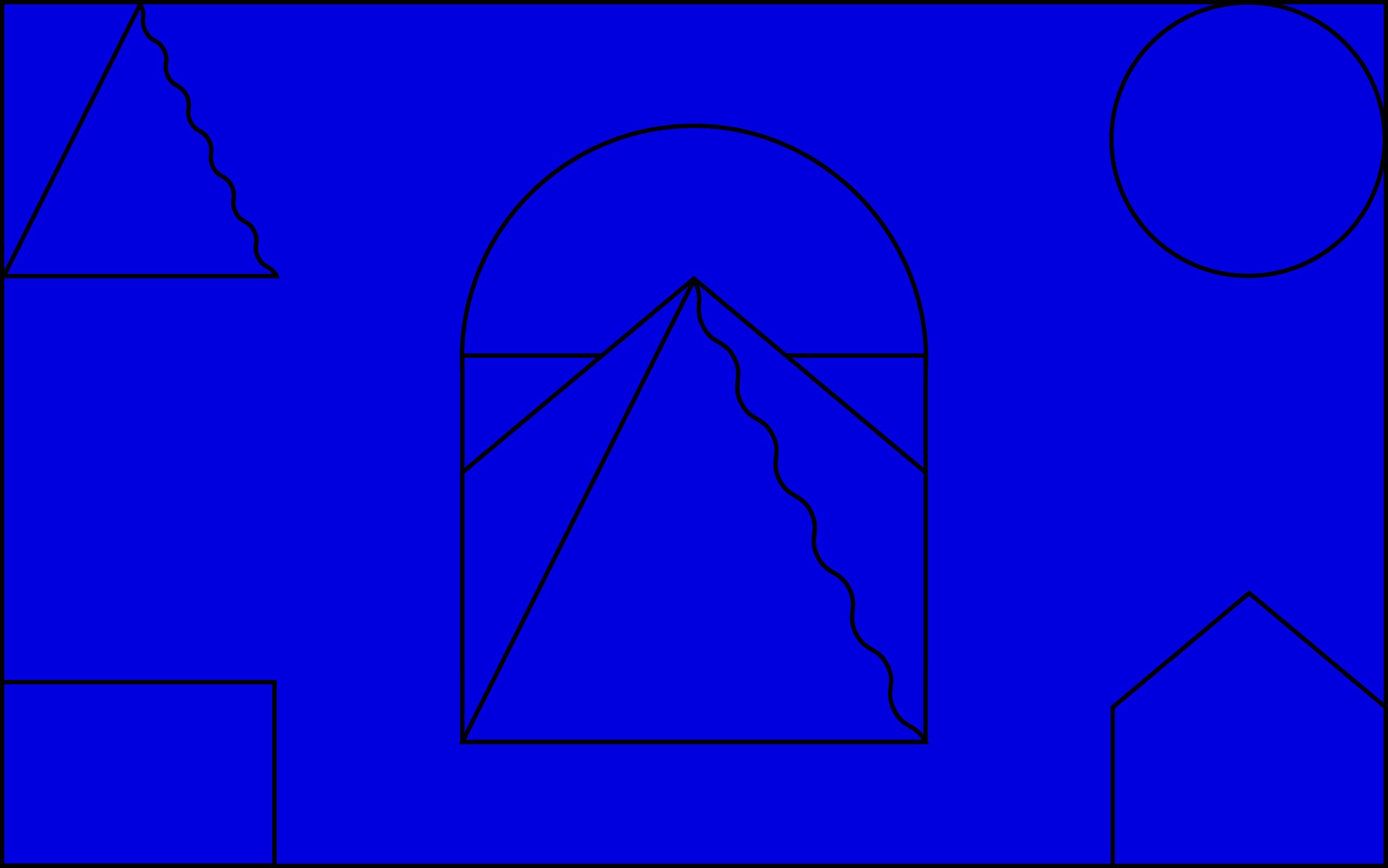
What’s an example of your best collaboration?
Hollis Wong-Wear: I’ve been working with my dear friend Shawn Wasabi for over two years and I still really love the first song we ever wrote together, “Otter Pop.” I’m proud of this collaboration because I feel like in one session, we were able to bring his vibrant, irreverent artistic perspective to life, and it was so cool to be the lyrical and vocal conduit for a producer.
YORE: My current project involves a handful of visual and musical collaborators who I really respect and trust. I love being able to work with an equal amount of creative freedom and creative focus – finding the people who innately fit with the vision allows me to do that.
Where is your favorite place to meet new artists?
AbJo: I love meeting people in non-creative spaces because it motivates you to make future appointments with these people to hang out and bounce off each other in spaces that do inspire or foster creativity. Adversity and limitation can be the best inspiration for creativity, depending on who you talk to.
Hollis Wong-Wear: I love meeting new artists at live shows. I love to support friends and acts that I listen to, and it’s always refreshing and fun to meet other artists who love to show that same support.
With a background at the intersection of entertainment and technology, Jacqueline Schneider has worked across artist management, business development, and communications as a label partner and advisor. She now runs Current Mood, a cultural strategy agency and podcast, and contributes regularly to Forbes and Billboard.
Interested in writing for Level? ↳

